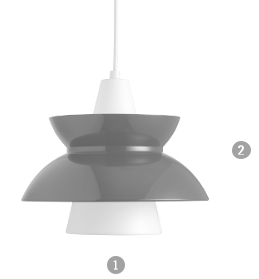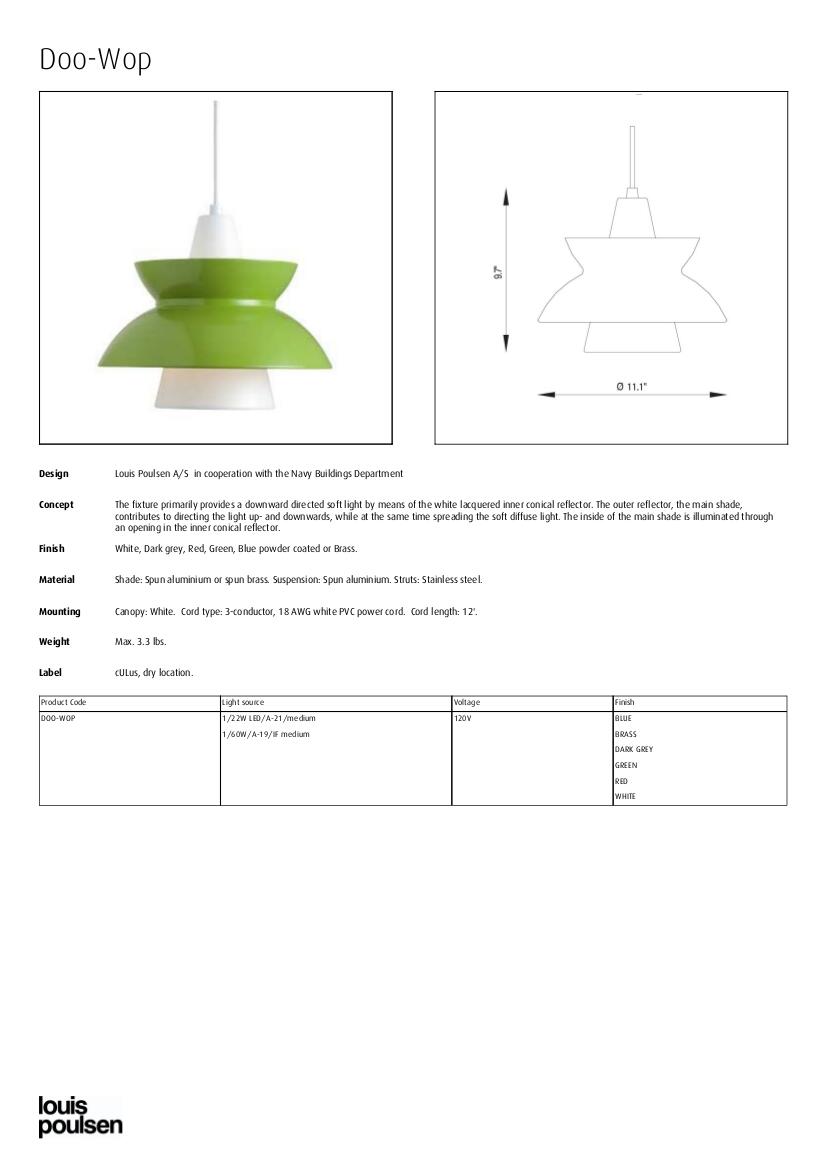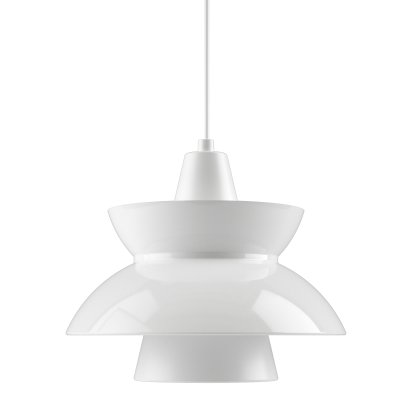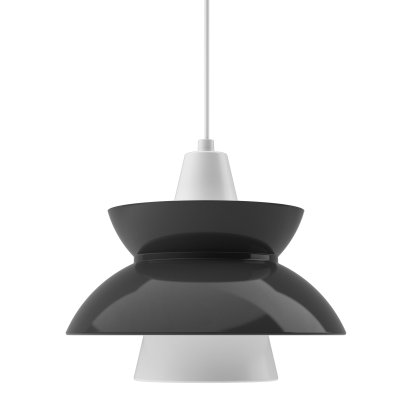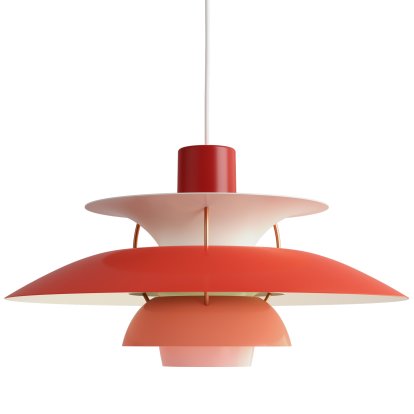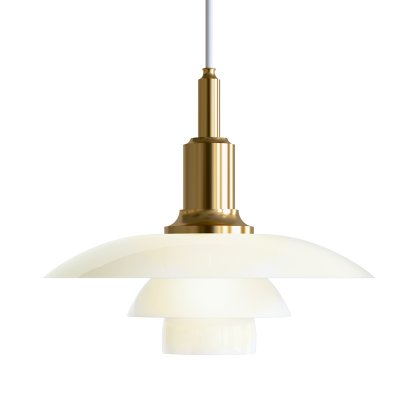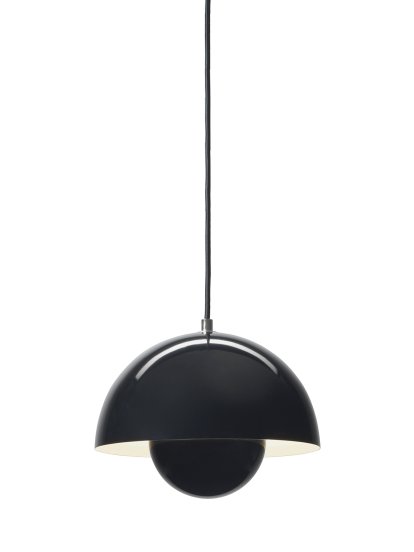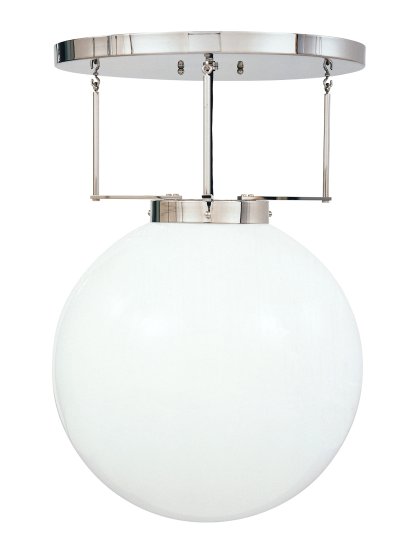Doo-Wop Pendant Lamp, Copper
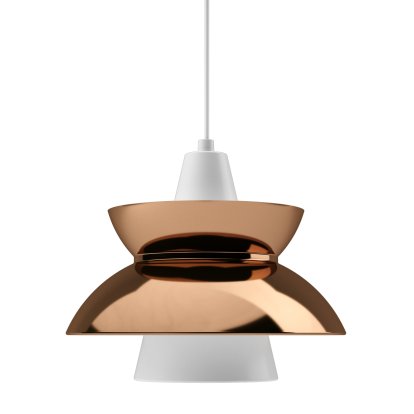
has been added to your wishlist.
Details
The Design
Originating from the 1950s, the Doo-Wop has, after a few years break, once again been included in the Louis Poulsen portfolio: albeit with fresh colours. The lamp design was originally created in collaboration with the Danish Navy, whose spaces and rooms the Doo-Wop pendant light illuminated for decades. The shade of the Louis Poulsen lamp is bipartite and consists of an inner and an outer shade, each having the function of a reflector. The inner conical screen emits downward glare-free light, while the outer soft light radiates up and down, which ensures a particularly atmospheric lighting. Visually, the duality of the Doo-Wop lamp is underlined by the two-tone colour scheme. The inner shield is white, the exterior available in a choice of dark grey, green, blue, red, white and brass. The design of Louis Poulsen's Doo-Wop acts in spite, or may be because of, its 50s charm contemporary and confident whether used individually or a group.
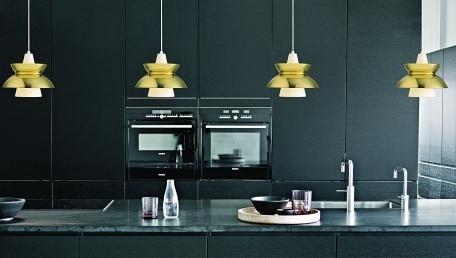
Doo-Wop with a brass lampshade.
Designer / Manufacturer
In the case of the Doo-Wop lamp designer and manufacturer are one. With the building management of the Danish Navy as a partner, Louis Poulsen developed the Doo-Wop. As with, for example, the Toldbod from 2009 Louis Poulsen has put its entire expertise in the field of production of designer lamps into creating the product. An expertise which goes back almost 100 years: ever since the Poul Henningsen lamps at the 1924 International Exhibition of Decorative Arts in Paris Louis Poulsen has produced high-quality lamps. And over the decades the philosophy of the lamp manufacturer Louis Poulsen has remained unchanged: to create product designs that are defined by their simple and functional character, and which are geared towards the well-being of the end user and their aesthetic demands.
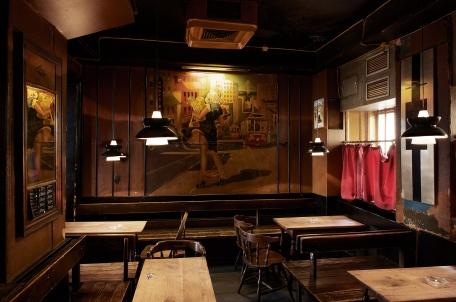
Louis Poulsen's Doo-Wop as lighting a bar
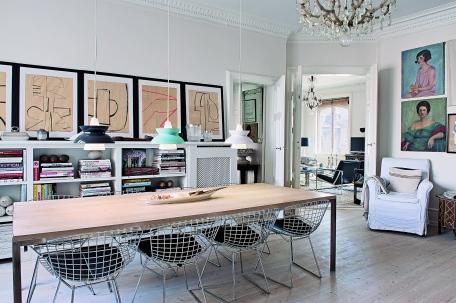
Doo-Wop by Louis Poulsen
Production
Turned by hand at Louis Poulsen's factory in the Danish town of Vejen, the Doo-Wop is produced via proven production processes and only from high quality materials. The lamp was originally produced in the 1950s and then as now is essentially made of extruded aluminium. The aluminium plate is rotated to give it its characteristic curvature and then a coloured powder coating applied. Particularly refined is that the two Doo-Wop shades are connected by discreetly hidden steel struts. The brass version features an outer lampshade crafted made from one sheet of brass which is subsequently polished. A particular nature of the brass doo-wop is the patina that forms over time. Louis Poulsen's expertise in the field of production of lamps from rolled metal goes back far; the company began production of Poul Henningsen lamps in the 1920s, lamps which revolutionised the world of designer lamps.
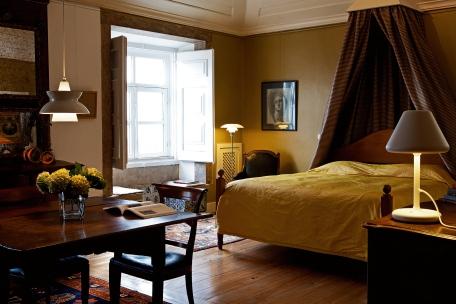
Louis Poulsen lamps Doo-Wop, PH 3.5-2.5 and OJ
Historical Context
Although reissued in 2012, the design of the Doo-Wop lamp has its origins in the 1950s and as such corresponds to the understanding of form from that time. Together with designs by Scandinavian contemporaries such as Arne Jacobsen, Alvar Aalto and Eero Saarinen, Louis Poulsen's Doo-Wop adds formally as functionally to the canon of post-war functionalist designs; designs characterised by factual and aesthetically sophisticated furniture, accessories and lighting. And also with regard to the material, Louis Poulsen has taken the pulse of the times. Aluminium was extremely popular after the Second World War because of its good processing possibilities and low price. The great demand of the lamp after the production stop in the 1980s shows how relevant the design of the Doo-Wop still is.












































